The Origins of Tea: A Global Perspective
Ah, tea—the elixir of life, the ambassador of calm, and the liquid hug we all need from time to time. Whether you’re sipping Earl Grey like a Victorian aristocrat or slurping matcha like a Zen monk, tea has a way of making everything feel just a tad more sophisticated. But where did this magical brew come from, and how did it conquer the world one teapot at a time? Buckle up, dear reader, because we’re about to steep ourselves in the rich history of tea.
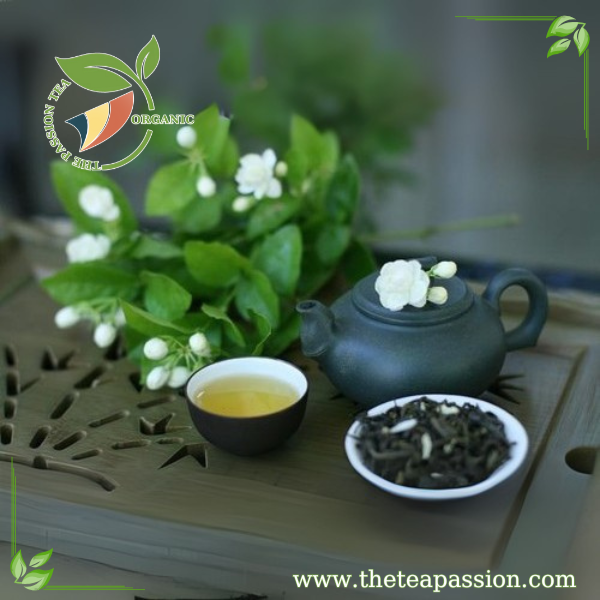
The Birthplace of Tea: China’s Leafy Legacy
Let’s start where it all began—China, the OG tea powerhouse. Legend has it that tea was discovered in 2737 BCE by Emperor Shen Nong, who was either incredibly lucky or had an impeccable sense of timing. The story goes that while boiling water (because who drinks it cold?), a few stray leaves from a nearby Camellia sinensis plant floated into his pot. Intrigued by the aroma, he took a sip and voilà—tea was born! Or so the tale goes.
Fast forward a few centuries, and tea became an essential part of Chinese culture. From medicinal brews to elaborate tea ceremonies, it was clear that China wasn’t just drinking tea—it was living it. By the Tang Dynasty (618–907 CE), tea had evolved from a humble leaf to a cultural icon, with poets waxing lyrical about its virtues. Honestly, if tea were a person, it would’ve been the Tang Dynasty’s prom king.
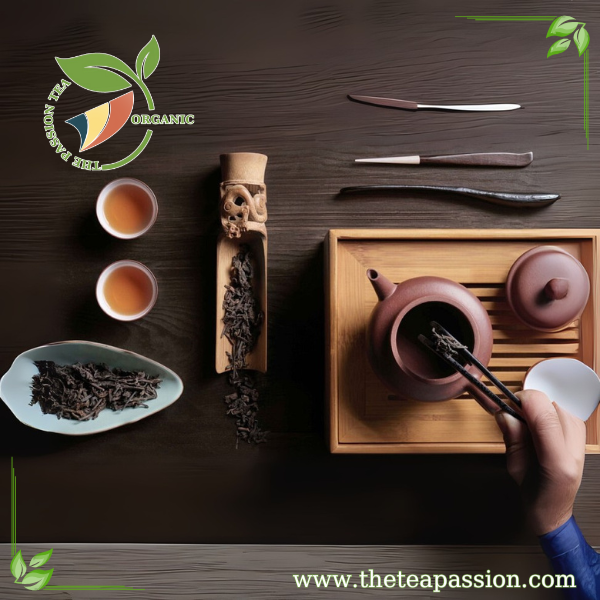
India: Spicing Things Up
While China may have discovered tea first, India gave it a spicy twist. For centuries, wild tea plants grew in the northeastern regions of India, but it wasn’t until the British arrived (cue dramatic imperialist music) that tea cultivation became a thing. The British, desperate to break China’s monopoly on tea, decided to grow their own in India. Enter Assam and Darjeeling—regions that would go on to produce some of the world’s most cherished teas.
And let’s not forget chai—India’s gift to humanity. This aromatic blend of black tea, milk, sugar, and spices is basically a hug in a cup. Whether you’re sipping it on a crowded train or savoring it during monsoon season, chai has a way of making everything feel right with the world.
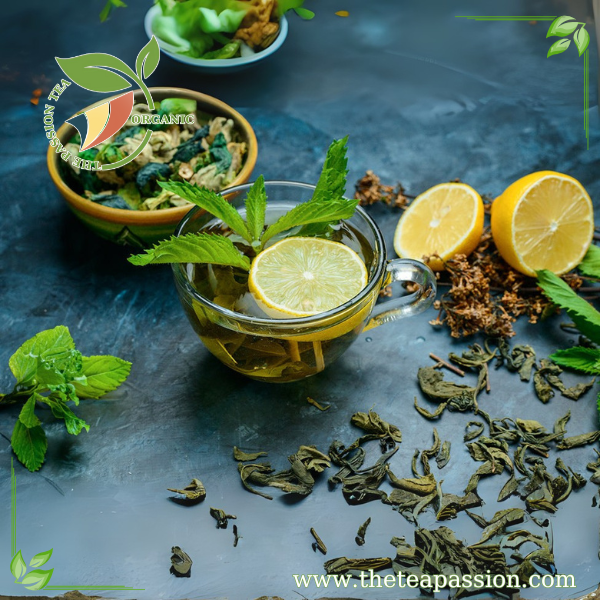
Japan: Matcha Madness
If tea were a fashion trend, Japan would be its avant-garde designer. While the Japanese originally imported tea from China, they quickly made it their own with the invention of matcha—a powdered green tea that’s as vibrant as it is delicious. Matcha isn’t just a drink; it’s an experience. Preparing it involves whisking the powder with hot water until frothy, creating a concoction that’s equal parts art and science.
The Japanese tea ceremony takes things to another level. Imagine sitting in a serene room while someone prepares your matcha with the precision of a brain surgeon. It’s less about drinking tea and more about achieving enlightenment one sip at a time.
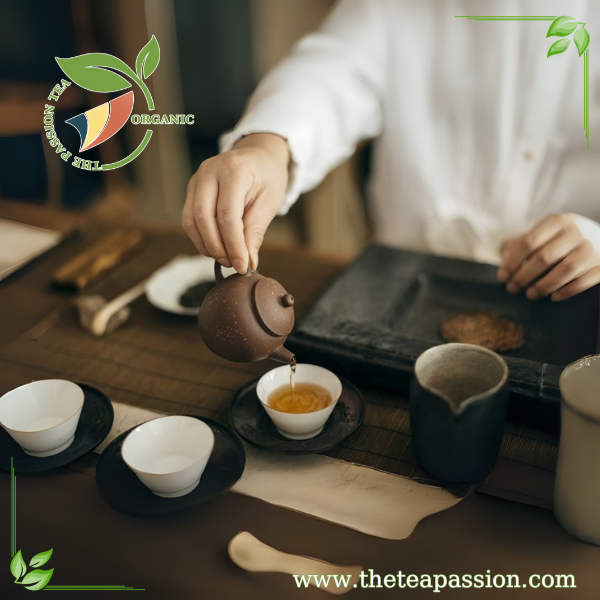
Britain: The Empire Built on Tea
Ah, Britain—the land of crumpets, scones, and an insatiable thirst for tea. While the British didn’t invent tea, they certainly made it their national obsession. Tea first arrived in England in the 17th century, courtesy of Portuguese and Dutch traders. At first, it was a luxury item reserved for the elite, but by the 18th century, it had trickled down to the masses like some sort of caffeinated revolution.
And let’s talk about afternoon tea—a tradition invented by Anna, the Duchess of Bedford, who decided that waiting until dinner to eat was simply barbaric. Pairing tea with finger sandwiches and pastries, she created an institution that continues to thrive today. Honestly, if you haven’t experienced afternoon tea at least once in your life, are you even living?
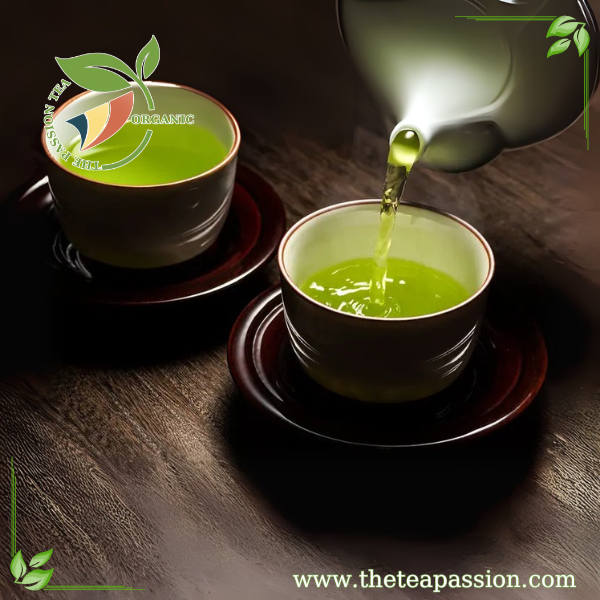
The Global Tea Takeover
From Morocco’s mint-infused brews to Russia’s samovar rituals, tea has infiltrated nearly every corner of the globe. It’s versatile enough to adapt to any culture yet consistent enough to remain universally beloved. Whether you’re sipping sweet iced tea in the American South or indulging in masala chai on the streets of Mumbai, tea has a way of bringing people together.
Even in modern times, tea continues to evolve. Bubble tea from Taiwan has taken the world by storm with its chewy tapioca pearls and endless flavor combinations. Meanwhile, herbal teas have carved out their own niche as caffeine-free alternatives for those who want the vibe without the buzz.
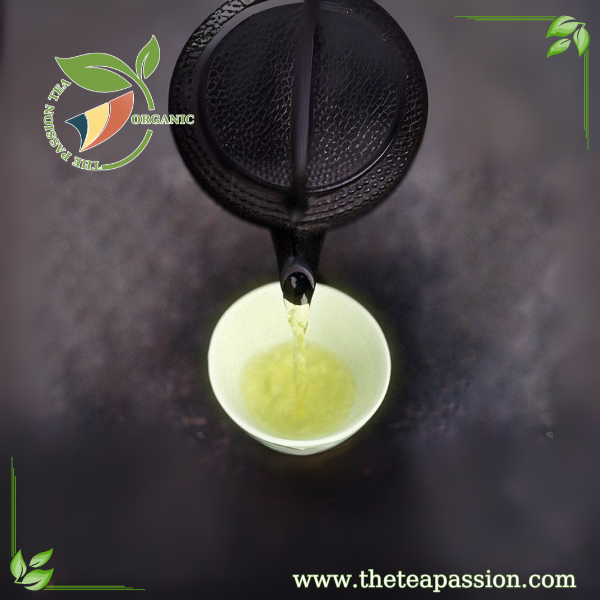
Steeped in History
Tea isn’t just a beverage; it’s a global phenomenon with roots as deep as its flavors. It has inspired poets, fueled revolutions (looking at you, Boston Tea Party), and even sparked wars (hello, Opium Wars). Yet despite its tumultuous history, tea remains a symbol of comfort and connection.
So next time you brew yourself a cup, take a moment to appreciate its journey—from ancient Chinese emperor to your very own teacup. And remember: life’s too short for bad tea. Choose wisely and sip extravagantly!
